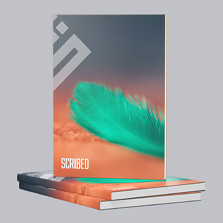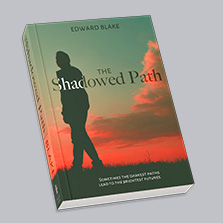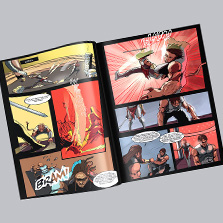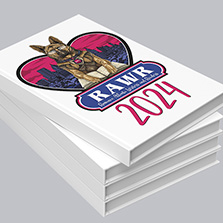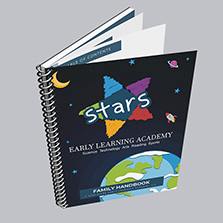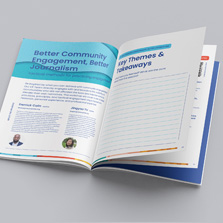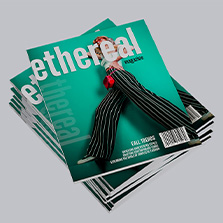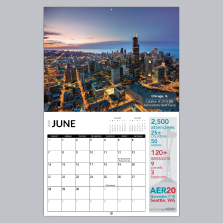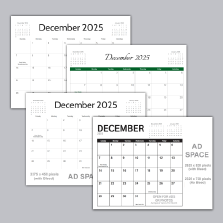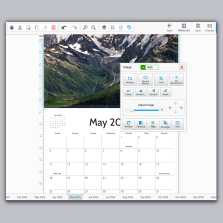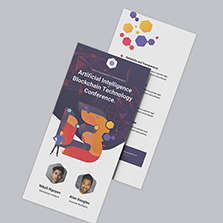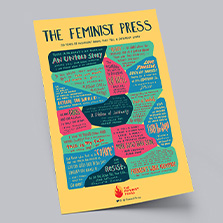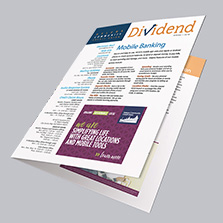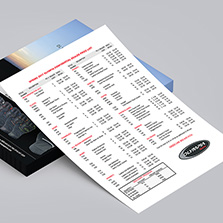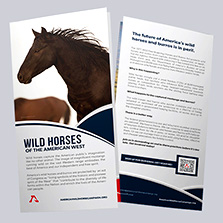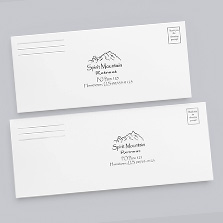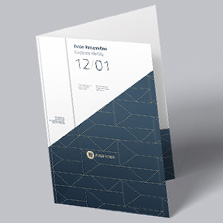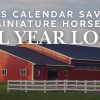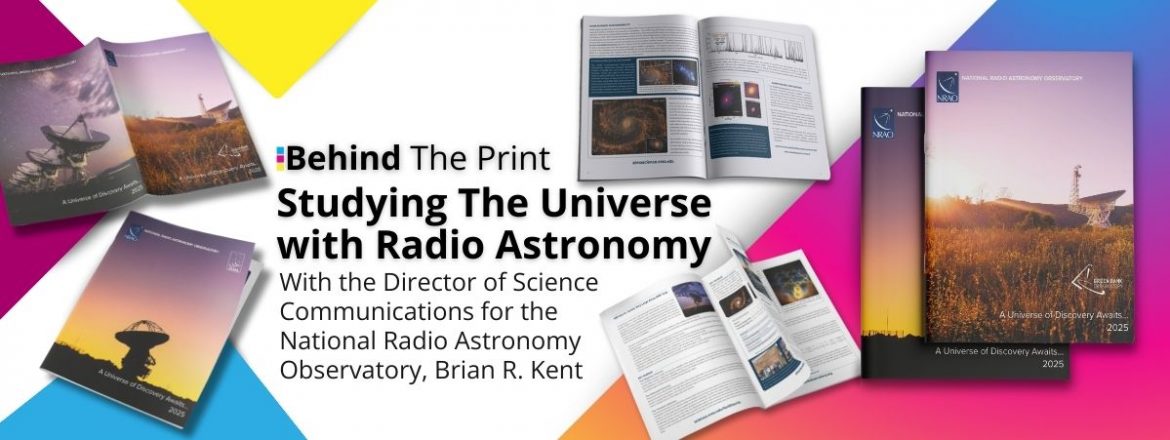
Behind The Print: Studying the Universe with Radio Astronomy
Welcome to the latest episode of Behind The Print, where we bring you the creative stories of industry leaders shaping the world of professional printing. In this episode of Behind The Print, I sit down with Brian R. Kent, Director of Science Communications at the National Radio Astronomy Observatory (NRAO), to explore how the cosmos is studied through radio waves and how those discoveries are shared with the world. We dive into Brian’s role in making astronomy accessible through education, outreach, and stunning visualizations. From complex data sets to beautifully printed materials, this episode showcases how science communication and print play a vital role in connecting communities to the wonders of the universe From complex data sets to beautifully printed materials.
Below, you’ll find the transcript of our conversation, edited for clarity to ensure easy reading. If you want the full, authentic experience, make sure to check out the video attached below.
7-minute read
“Having products there, both print and digital, provides astronomers with the materials that they need to make informed decisions about how to best use our telescopes.” Brian R. Kent, Director of Science Communications
Transcripts from Behind The Print with Brian R. Kent, Director of Science Communications at the National Radio Astronomy Observatory (NRAO)
Welcome back to Behind The Print podcast, where we feature industry leaders and uncover the creative minds behind businesses in the professional printing world. Our mission is to provide you with inspiring, actionable resources to elevate your business projects and accelerate your journey to excellence in profit and print.
Today’s episode is Studying the Universe with Radio Astronomy, and I’m here with the Director of Science Communications at the National Radio Astronomy Observatory, Brian R. Kent.
Brian R. Kent: Hi!
Zoe Fisher: How is your day going so far?
Brian R. Kent: Oh, we’re doing just fine here in Virginia.
Zoe Fisher: Can you start by telling us what the National Radio Astronomy Observatory does and what your role looks like?
“Astronomy is a very collaborative science, so it’s not just one single person, figuring out the answers to our scientific problems.” Brian R. Kent, Director of Science Communications
Brian R. Kent: Sure. My name is Brian Kent. I’m a scientist and Director of Science Communications here at NRAO. We’re a facility of the U.S. National Science Foundation operated by Associated Universities Incorporated. I lead our presence at conferences, and I also study nearby galaxies, data visualization, and 3D graphics.
Zoe Fisher: That is so interesting and inspiring. Who are you trying to reach through your work in science communication?
Brian R. Kent: I focus on the scientific users of our telescopes. It’s important that astronomers and the public understand the significance of our research from what we learn and how it benefits society, to how the technology we develop helps further progress in other industries too.
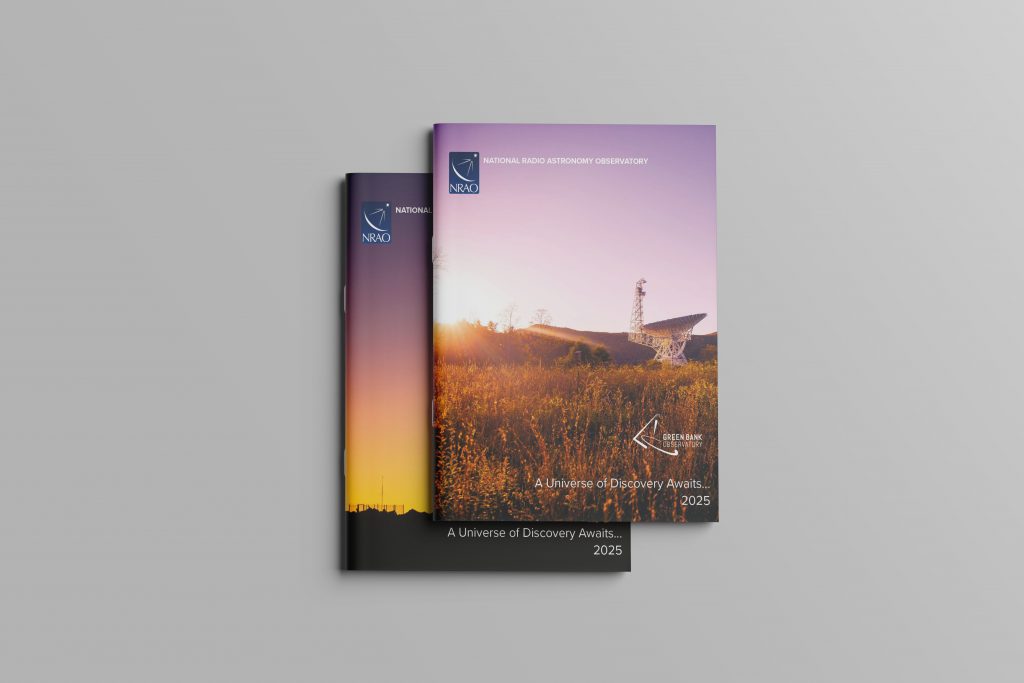
Zoe Fisher: It sounds like a huge step forward for science and technology.
Brian R. Kent: Absolutely. The technology developed for our radio telescopes has applications outside astronomy too. Behind me are the telescopes in New Mexico, the Karl Jansky Very Large Array, which is one of the most scientifically productive ground-based facilities ever built.
Zoe Fisher: What are some of the most exciting or challenging problems your team helps solve?
Brian R. Kent: Astronomical data helps us understand how galaxies evolve, how stars and planetary disks form, and even the origins of gravitational waves. We handle terabytes of data per survey which is far beyond what your phone can hold. We take this data and we study cosmic history, like a time machine, giving us a better understanding of how we got here.
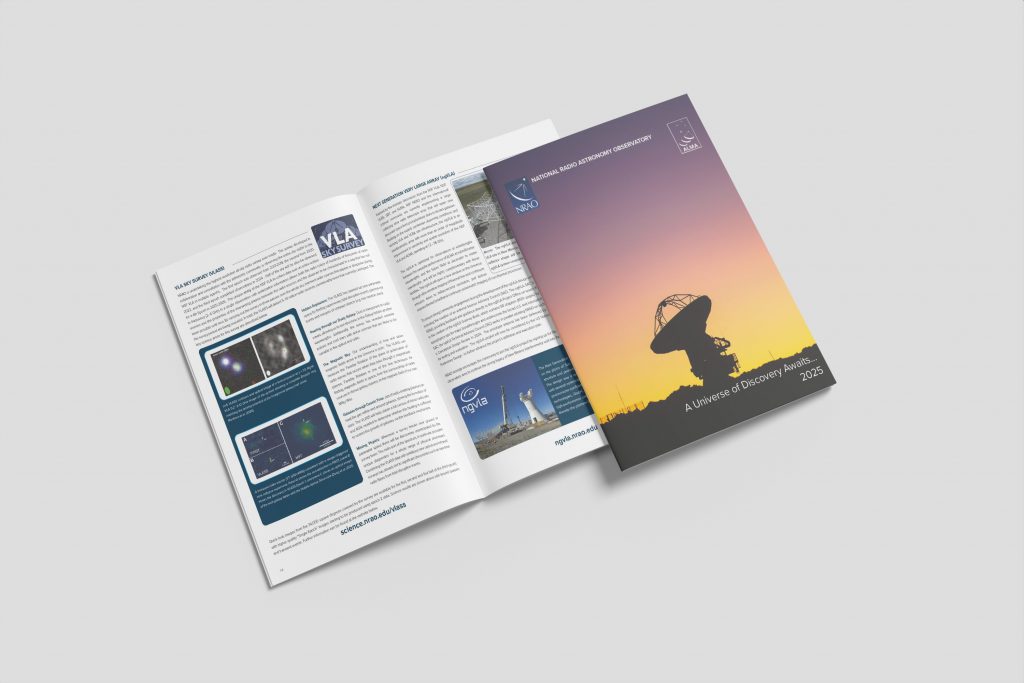
Zoe Fisher: How do you take all that complex data and turn it into something people can actually see and understand?
Brian R. Kent: We use a technique called aperture synthesis, where multiple radio telescopes act like a single massive one. That gives us incredible resolution similar to upgrading the megapixels on your phone camera. Resolution is key in both astronomy and print. With these tools, we can image galaxies across space and time.
“It’s important that astronomers and the public understand the importance of our research, what we learn from it, what we gain in terms of scientific knowledge and how technology that we develop here furthers development in human society.” Brian R. Kent, Director of Science Communications
Zoe Fisher: And anyone can access that data?
Brian R. Kent: Yes. Our Very Large Array Sky Survey makes its data publicly available a few weeks after observation. Scientists around the world can use it for their own studies, on active galaxies, magnetic fields, our Milky Way, and more. We also operate the Very Long Baseline Array, which spans from Hawaii to the Virgin Islands. It essentially creates a telescope the size of Earth.
Zoe Fisher: That is just amazing. I also saw your books! How do you approach storytelling in science?
Brian R. Kent: When we attend conferences, we talk to scientists and gather feedback to understand what they want to explore. Print and digital materials are key. They help new users, especially students, learn how to work with our telescopes and data. We want to maximize our facility’s scientific impact.
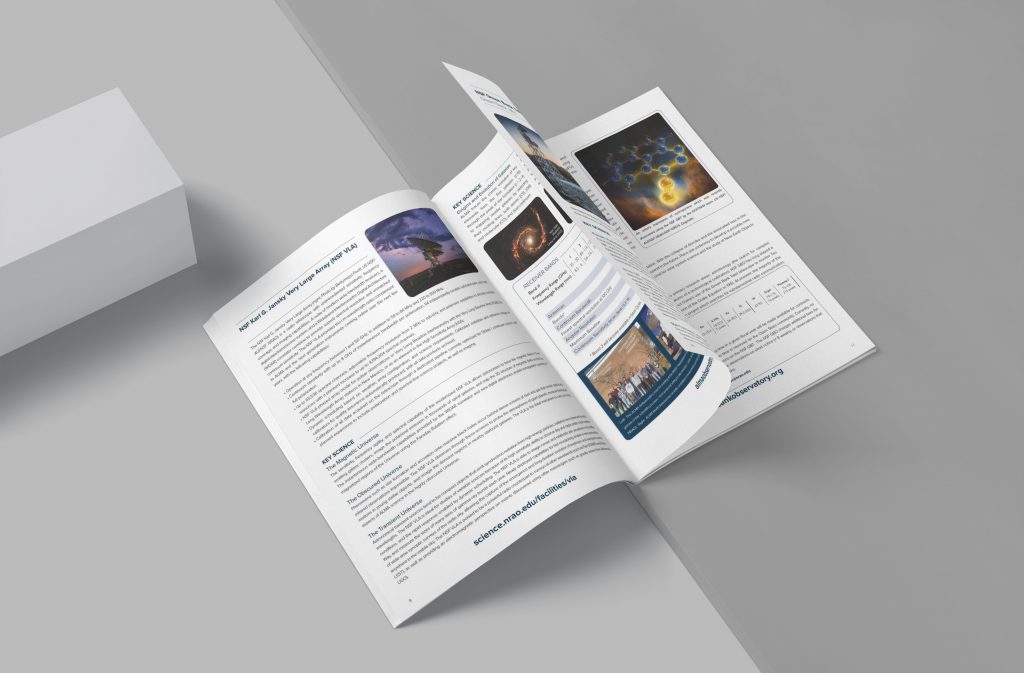
Zoe Fisher: It’s great that print helps bridge that gap. What does your collaboration look like when you’re creating outreach materials?
Brian R. Kent: We work closely with our team and external partners. We use print for things like telescope guides, science handbooks, and educational posters. We also use digital platforms for animations and videos. But there’s something special about handing someone a beautifully printed guide that makes the science real.
“We’re trying to tell stories about our telescopes. We’re trying to tell stories about the science that’s being done, and we’re trying to engage people with those stories.” Brian R. Kent, Director of Science Communications
Zoe Fisher: That’s a great insight. What’s next for the NRAO?
Brian R. Kent: We’re looking at the future of radio astronomy with projects like the Next Generation Very Large Array Sky Survey. This facility will take us even further in resolution, sensitivity, and frequency coverage. It’s an exciting time to be in the field. We’re always thinking about what’s possible 10, 20, or 30 years from now.
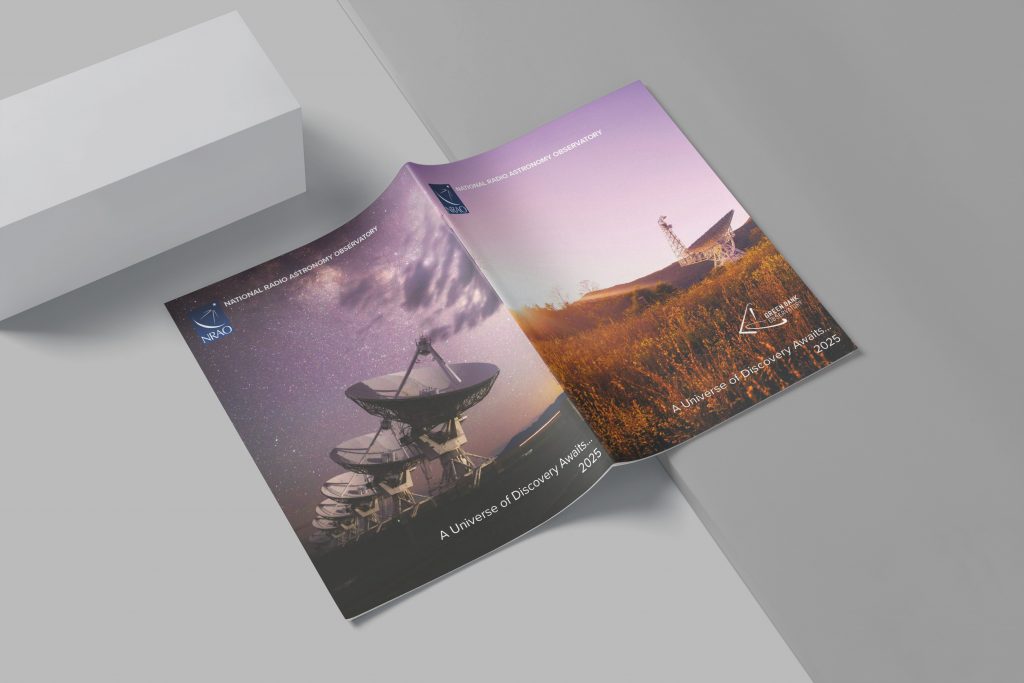
Zoe Fisher: Thank you so much, Brian. How can listeners find more about NRAO and support your work?
Brian R. Kent: Visit nrao.edu to learn more about our observatories and programs. You can also find us on social media. Whether you’re a student, teacher, or lifelong learner, there’s something for everyone in astronomy. You can also find my personal work across X, BlueSky, YouTube and Instagram at @VizAstro. Or click here to learn more!
“It’s important to find new ways to tell people about astronomy because we’re always pushing new boundaries of the science.” Brian R. Kent, Director of Science Communications
Zoe Fisher: Amazing. Everyone, be sure to check out the incredible work of the NRAO. It’s truly inspiring!
That’s a wrap on another episode of Behind The Print. Thanks to our listeners for joining us as we explore the artistry and innovation of the printing world. Remember, have a strong vision, build the right strategy, and use tools like print to amplify your message and make your brand stand out.
If you enjoyed today’s episode, be sure to get your sample pack today from PrintingCenterUSA.com and share it with your fellow business enthusiasts. Until next time, keep your creative sparks flying, and remember, there’s always more to discover behind the print.
Where Science Meets Story
From decoding the mysteries of the cosmos to creating resources that make radio astronomy more approachable, Brian R. Kent and the NRAO team are making science more accessible for students, researchers, and the public. Through print materials like telescope guides and outreach posters, their work shows that even the most complex discoveries can be brought to life in a meaningful and tangible way. Whether you’re printing educational resources, marketing tools, or custom outreach materials, you can bring your own vision to life with high-quality printing. Order today!
The NSF National Radio Astronomy Observatory and NSF Green Bank Observatory are facilities of the U.S. National Science Foundation operated under cooperative agreement by Associated Universities, Inc.

